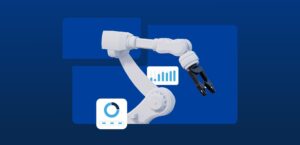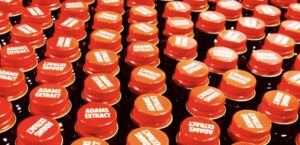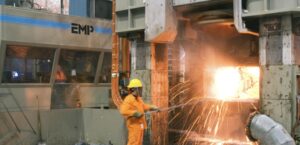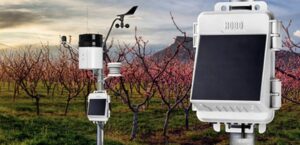Candy-Free Halloweens: What Haribo and Hershey’s Failed ERP Projects Teach Us About Implementation Success
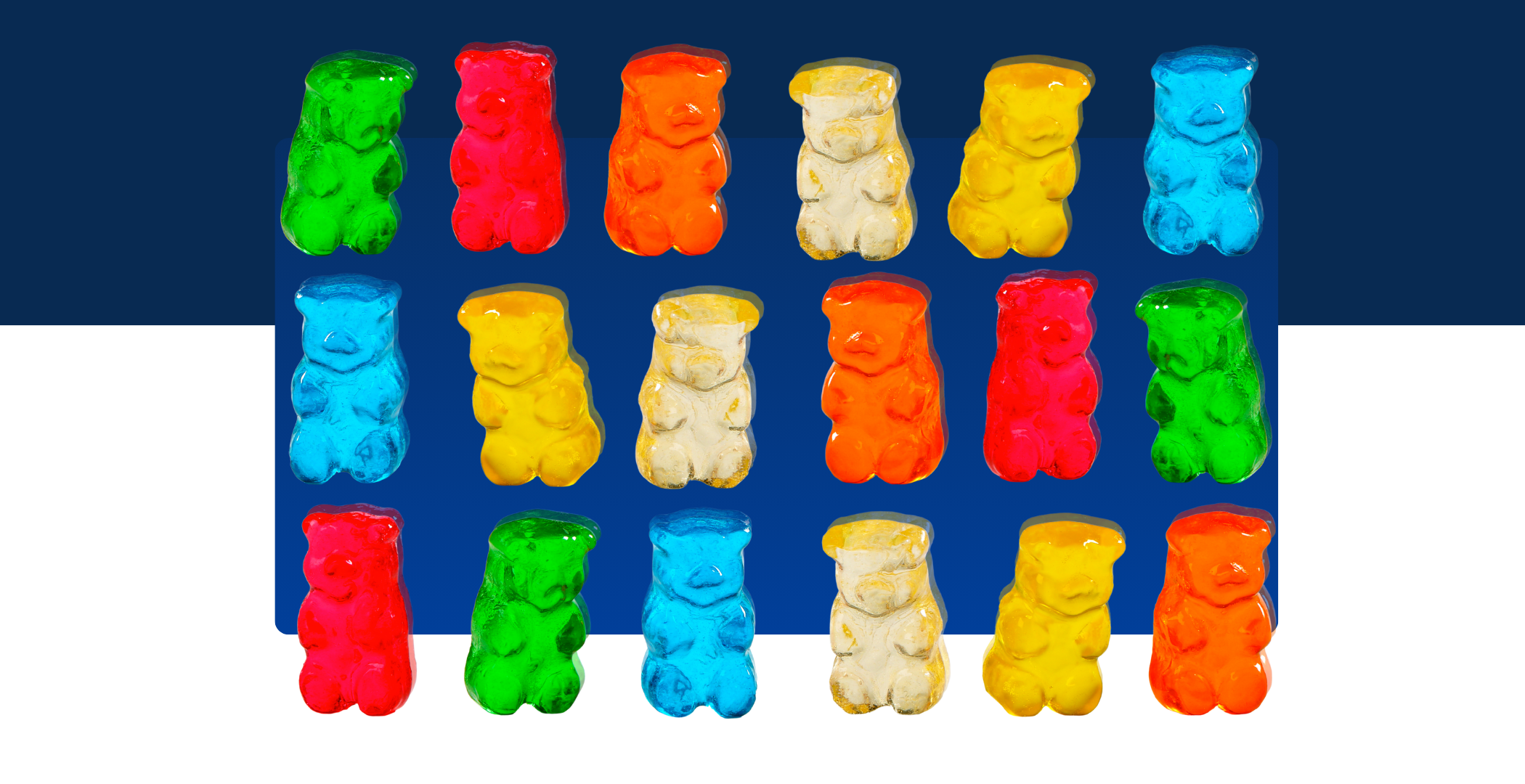
No gummy bears, Hershey’s Kisses, or Jolly Ranchers for Halloween? For confectioners, the holiday season is a make-or-break period, and a malfunctioning ERP system can quickly turn into a nightmare.
ERP implementations are complex by nature, and studying the experiences of major brands can provide valuable lessons for any company pursuing digital transformation. Below, we explore two case studies of ERP challenges and outline seven best practices to help ensure success.
Haribo: 25% Sales Decline
For over 100 years, Haribo has built a global confectionary empire with 1,000 different products distributed worldwide. Famous for its iconic gummy bears, Haribo opened its first U.S. manufacturing facility in Wisconsin in 2023. Haribo’s international expansion efforts haven’t always been smooth. Just five years earlier in October 2018, Haribo would start moving their legacy ERP to SAP S/4HANA, a project that would have problematic outcomes for the company.
Haribo wanted to switch ERPs to modernize and consolidate its aging, regional ERP systems and support its growing international footprint. However, a string of mistakes including poor systems testing, lack of executive alignment, insufficient risk mitigation planning, and failure to cement their new operating model led to significant loss during their peak season.
After go-live, Haribo experienced supply chain issues that disrupted their ability to track raw materials and inventory, resulting in product shortages and a 25% decline in sales of the Gold Bear gummies that year. The company also incurred additional expenses as they hired more personnel to manage the ramifications of this implementation, resulting in the estimated loss of millions of euros.
Hershey: $100M of Undelivered Product
First selling its milk chocolate bar in 1900, Hershey has since become a staple in American food brands earning $11.2B in net sales in 2024. The company’s past struggles with an ERP implementation prove that large budgets alone can’t solve fundamental project issues. While an older case study, Hershey’s 1999 failed implementation of SAP’s R/3 ERP system still has lessons to teach us today.
The confectioner launched its ERP project in 1996, partially to get ahead of Y2K bugs (yes, this case is a throwback) and to also create a more integrated ERP environment. The project included the installment of an ERP, a supply chain management solution, and a CRM all at once. While multiple factors influence the result of an ERP project, the two largest challenges in this case were project management fundamentals: timing and scope. To get the system running before 1999 concluded, Hershey reportedly accelerated the project timeline from the vendor-recommended 48 month deployment to just 30. Additionally, the company’s “big bang” approach to go live with ERP, supply chain software, and CRM all at once created higher risks of complications down the line.
Following their go-live in July 1999, Hershey was still struggling in mid-September to fix errors in its order processing and shipping functions. These issues prevented Hershey from delivering $100 million worth of product to its key customers for Halloween, contributing to Q3 sales dropping by 12.4% YoY.
7 Best Practices for Successful ERP Implementation
Inadequate upfront strategy, misaligned goals, poor data governance, and insufficient resource planning significantly increase the risk of ERP project failure. Help your ERP project remain on-time and within budget using these seven best practices.
- Vet ERP Publishers and Partners: Choose ERP partners who prioritize understanding the nuances of your business over closing quick deals. Partners should be transparent about total cost of ownership and the anticipated level of customization based on the information provided about the project.
- Create a Future-State Functional Design: Your ERP should align with future-state business processes and goals, not just your current setup. Conduct a process analysis early into your project to ensure alignment with both existing and future needs.
- Guard Against Garbage In, Garbage Out: Teams must ensure clean data and accurate workflow mapping to protect system design and outputs.
- Define Project Resources in Advance: Specify key stakeholders, roles, responsibilities, and time commitment up-front.
- Establish Executive Alignment: Leaders at all levels should set a good example and emphasize that ERP implementation success is dependent on everyone’s engagement and participation. Executives must demonstrate an ownership mindset and be hands-on with strategy and decision-making.
- Use Structured and Transparent Communication: Teams should hold regular status meetings on a weekly or monthly basis depending on their role and thoroughly document deliverables and action items to maintain clarity and accountability.
- Employ Business Case-Driven Testing: Your ERP can’t just meet technical requirements, it must also support the day-to-day needs of a business. Use hands-on training and targeted pilot scenarios aligned with real business processes to prevent operational disruptions, as experienced by companies like Haribo.
Creating a Winning Digital Transformation Plan
Modernize your manufacturing and confidently lead a successful digital transformation with our free guide. Inside, you’ll find over ten practical resources including:
- A complimentary ERP consultation with a team of Infor CloudSuite Industrial experts
- Core benefits of going cloud
- Needs analysis for Manufacturing
- Free Downloadable ERP project planning template (Excel)
- A printable ERP requirements checklist
Start building a future-proof plan for your ERP software. Click here to learn about Decision Resources’ deep industry expertise in process manufacturing for F&B manufacturers.
More About the Author: Sam Frumboli
With over 15 years’ experience partnering with businesses in the ERP and manufacturing sector, Sam has made it a passion of hers to help connect businesses with the right business partner, tools, and technology. As a demand generation leader, business coach, and freelance marketing consultant for start-ups and established brands, Sam focuses on dismantling complex ideas into actionable insights through creative marketing strategies and tactics. She has notably been featured in the Sociable, Women in Manufacturing, 40-Under-40, The Global Interview, and Forbes.
Similar Blogs
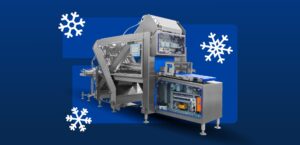
December Decision Digest
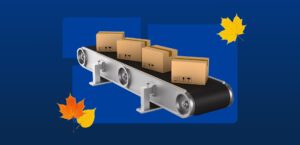
November Decision Digest
